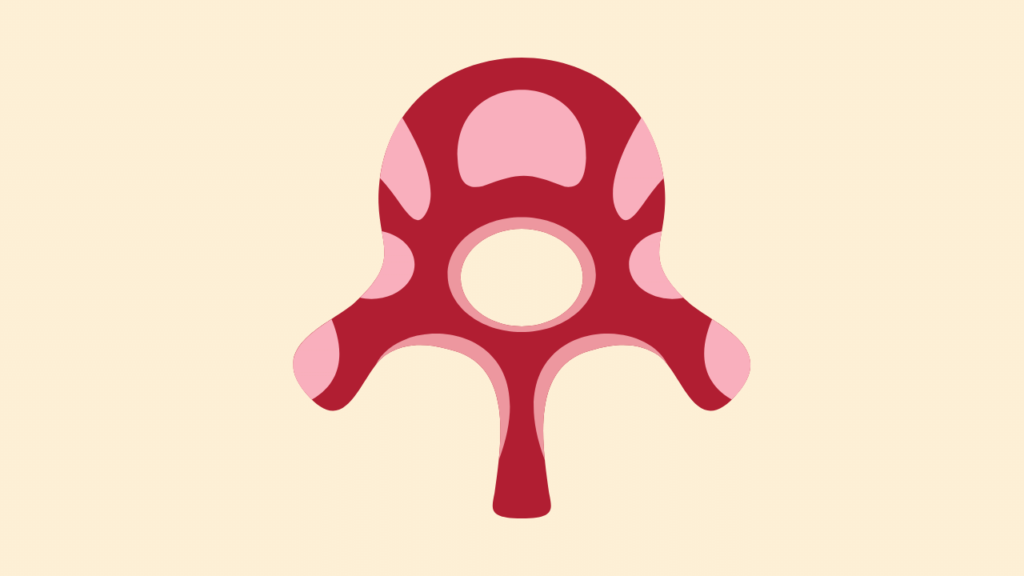Back Disc Prolapse
Back Disc Prolapse
Back Disc Prolapse

Who gets a Disc Prolapse?
- When the disc present between 2 vertebrae gets injured due to lifting heavy weights, trauma or straining, it could bulge outside, compress the spinal cord /nerves and cause a disease known as a disc bulge or a disc prolapse. It could also be called a slipped disc or disc herniation.
- Disc prolapse can occur for anybody. It is more common in males of Age between 30 to 50 years.
What causes a Disc Prolapse?
- Disc prolapse could be caused by an
- accident or trauma
- lifting unaccustomed heavyweights
- travelling on bumpy roads
- straining your backs too much.
- In many Cases, the correct inciting event may not be picked up at all.
What are the symptoms of Disc Prolapse?
- Mild compression causes back pain radiating down the legs, tingling, numbness, ‘electric shock’ like sensations, pins and needles, etc.
- These symptoms may be there in the lower backs, buttocks, back/side of the thighs, back of the knees, calf muscles, and ankles and down to the soles and toes.
- These symptoms can occur on any one side or both.
- Depending on the level and degree of compression, the symptoms may vary.
- A Physician may check sensations, motor power, and reflexes along the different suspected nerves.
- A straight leg raising test can clinically suggest nerve root compression.
How is it possible to confirm the diagnosis of Disc Prolapse?
- Your physician may ask you to take X-rays and MRI of the lumbar spine.
- Nerve conduction studies and EMG may supplement these findings.
Note – Keeping these records safely is essential for medical records and insurance purposes.
How can Disc Prolapse be Treated?
Conservative Treatments –
Conservative management is required in the first six weeks or if your physician feels the disc prolapse is mild.
Medications –
- Medicines: Simple analgesics or anti-inflammatory medications may be prescribed.
- Nerve related drugs: Nerve pain responds to certain medicines better than it does to regular painkillers.
- In some situations, nerve medicines, muscle relaxants and oral steroids are used.
Home Treatments –
- Avoid lifting heavy weights, avoid smoking.
- Yoga is beneficial.
- Bed rest for more than three days is not advisable.It is encouraged to resume mild activity and physical therapy, and rehabilitation exercises with medications as soon as possible.
- Wearing a lumbar belt/ supports continuously or for long periods can cause muscle atrophy and is not advisable unless specifically indicated. Spinal traction has conflicting evidence in terms of usage in disc prolapse patients.
Physical therapy –
- Physical therapy is essential to resume normal activities. Modalities like TENS, ultrasonic waves, interferential therapy are beneficial and work well in mild disease.
- Spinal flossing and core strengthening exercises will hasten recovery.
Non Surgical Treatment options for Disc Prolapse-
Suppose back pain and radiating leg pain persists despite conservative management. In that case, patients could consider nerve root / epidural injections in pain clinics. Pain physicians offer interventional procedures for pain like
- Nerve root injections: Nerve root injections are done with x-ray guidance around the nerve, which is suspected to be compressed. Medications like local anaesthetics and steroids may be used in these procedures. The anti-inflammatory medicines reduce nerve root inflammation and oedema caused by compression and relieve pain.
- Epidural injections: Caudal and lumbar epidural injections are effective in relieving sciatic pain. Supplementary physical therapy exercises will prolong the effects of therapeutic injections. If required, these procedures can be repeated.
- Disc decompression procedures: Disc decompression procedures like decompressors, hydro dissections, nucleosomes are pain procedures meant to reduce the disc material and relieve pain. Percutaneous discectomies are daycare procedures done under local anaesthesia and are safe because they are done by injections through the skin and can not cause any permanent damage.
- Endoscopic Discectomy: Endoscopic Discectomy is a keyhole minimally invasive targeted spine procedure. This procedure is done under sedation and is meant to remove the protruded disc material through the keyhole.
Surgical Treatment options for Disc Prolapse-
- Open surgery under general anaesthesia is reserved for patients with neurological deficits like foot drop, complete numbness of the legs, inability to control bladder and bowel habits, severe pain not responding to conservative management or nerve root blocks.
- Some syndromes like Cauda equina syndrome require urgent surgical decompression.
- Some Surgical options available are
- Laminectomies
- Discectomies
- Microdiscectomies
- Endoscopic discectomies
- Lumbar stabilizations
- Lumbar interbody fusion surgeries (TLIF)
- Disc replacements,etc.
- These procedures require a hospital stay of 3-5 days and a recovery time of 2-3 weeks.
- Post-operative physical therapy/spine strengthening is always advised.
- Complications may include infection, bleeding, paraplegia, recurrence of pain, etc.
